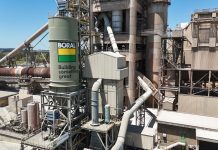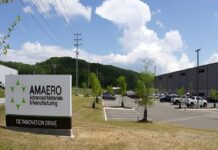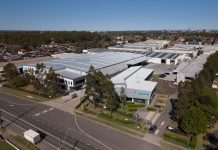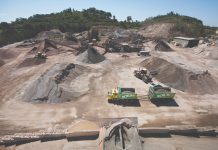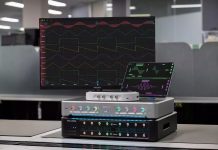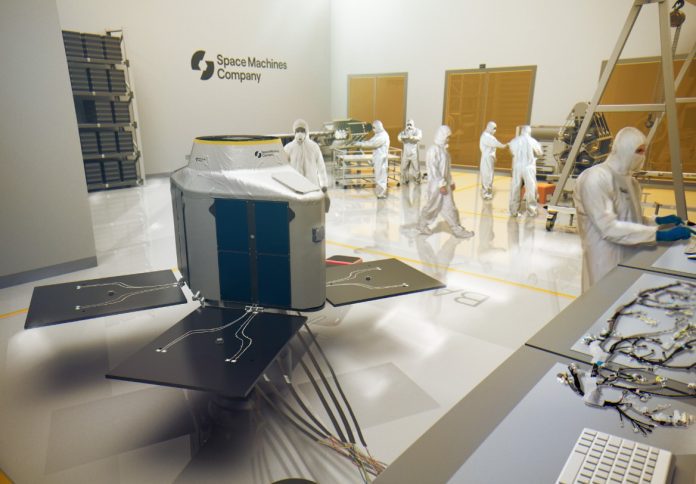
Space Machines Company (SMC), in partnership with the University of Technology Sydney (UTS), has announced the establishment of what is claimed to be Australia’s largest industrial-scale spacecraft manufacturing facility.
The Optimus Factory (OF-01), located at UTS Tech Lab in Sydney, represents a significant expansion of sovereign space capability and domestic manufacturing capacity.
SMC said the new facility will include the country’s largest satellite Assembly, Integration and Test (AIT) cleanroom and an additional 800-square-metre production space.
Scheduled to be operational by late 2025, OF-01 will have the capacity to produce five Optimus Viper spacecraft simultaneously, with the potential to scale to more than 20 units per year.
The development marks a key milestone for SMC as it seeks to build national space infrastructure and support both defence and commercial applications.
CEO Rajat Kulshrestha said the facility is intended to shift Australia from being a consumer to a producer of critical space technologies.
“OF-01 marks a historic transformation in Australia’s sovereign capabilities, shifting our nation from a consumer to a producer of critical space infrastructure,” Kulshrestha said. “This comes at a pivotal moment in Indo-Pacific security, closing Australia’s space production gap.”
He added that SMC is among a select group of companies globally working on space mobility technologies, and the only one headquartered in the Indo-Pacific region.
“This strategic capability positions Australia to make significant contributions to allied space security efforts, particularly with the United States,” Kulshrestha said.
The facility builds on an extended three-year partnership between SMC and UTS, with a focus on research and development, workforce training, and industry engagement.
The collaboration is designed to provide UTS students and researchers with access to cutting-edge space technologies and real-world applications.
Professor Michael Blumenstein, Pro Vice-Chancellor at UTS, said the project supports Australia’s strategic autonomy and innovation goals.
“By establishing local manufacturing capabilities, we’re creating high-skilled jobs and retaining intellectual property within our borders,” he said. “This ensures Australia can independently develop, produce and deploy the space infrastructure essential for our future security and prosperity.”
UTS Vice-Chancellor Professor Andrew Parfitt said the partnership with SMC reinforces the university’s role in shaping the future of Australia’s space sector.
“Through this collaboration, UTS is contributing to the development of sovereign space capabilities, while building the skills, experience and infrastructure that will define Australia’s role in the global space ecosystem,” he said.
SMC’s Optimus Viper spacecraft, first announced in December 2024, is an upgraded, rapid-response variant of its earlier Optimus model. Production of the Viper platform is expected to begin in early 2026 at the new facility.
The company also received an $8.5 million grant in 2024 through the Australian Space Agency’s ISI India Projects program for “Space Maitri,” a joint demonstration mission between Australia and India using the Optimus Viper.
Head of the Australian Space Agency, Enrico Palermo, welcomed the announcement, describing OF-01 as “an exciting leap forward for Australia’s space industry.” He said the facility demonstrates the country’s commitment to advancing sovereign capability and becoming a more active player in the international space community.
NSW Minister for Industry and Trade, Anoulack Chanthivong, also supported the initiative, stating, “It is because of relationships and investments like this that NSW has the largest defence and aerospace industries in Australia.”
The facility, jointly funded by SMC and UTS, aligns with the Federal Government’s “Future Made in Australia” vision to strengthen local manufacturing in critical technology sectors.


